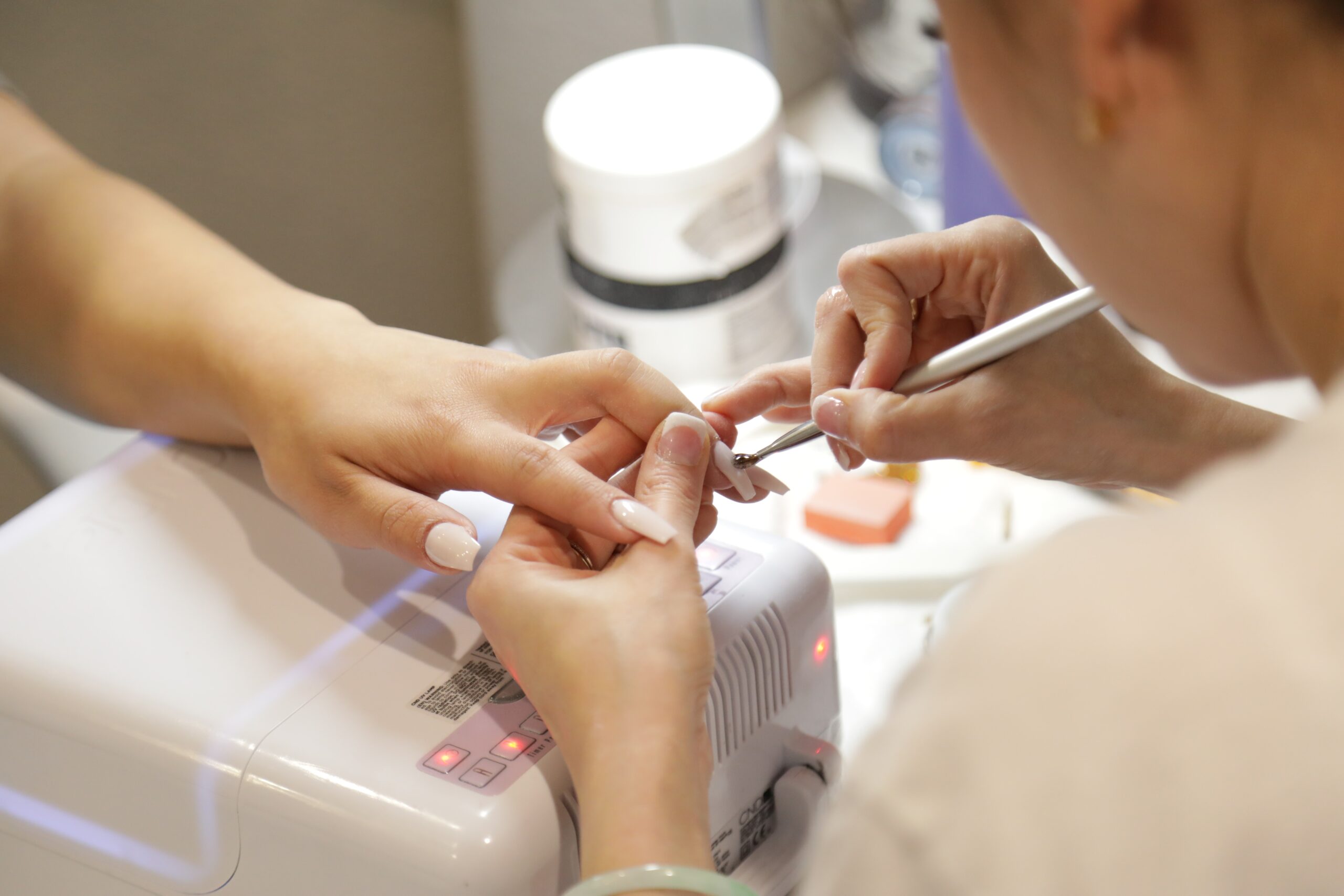Health in the Media: Alzheimer’s Disease
Posted on 22nd September 2015 by Heidi Gardner

If you’ve read a newspaper or seen the news over the couple of weeks there’s a good chance you’ll have seen a few pretty terrifying headlines related to Alzheimer’s disease…

So can you really catch Alzheimer’s disease from blood transfusions, dental visits or surgery? In short: no.
Here’s how we know:
1. This was a very small, observational study
8 patients were studied in a purely observational manner; there was no randomisation, control group or blinding. The data is comprised of autopsy results of 8 people who were exposed to human growth hormone. 6 of the brains displayed evidence of amyloid pathology (1). A misfolded form of beta-amyloid protein is associated with Alzheimer’s disease (2).
2. The medical procedure the study population had was discontinued in 1985
The patients in the study all received growth hormone treatment as children. The hormone was made using parts of the brain from people who had died, and was given to people of short stature via injection. This practice was discontinued in 1985 after links to development of Creutzfeldt-Jakob Disease (CJD). If you have not had this medical procedure then you really should not be worried.
3. The people in the study died of CJD – not Alzheimer’s disease
All the patients involved in this study sadly died of CJD, 6 of the 8 exhibited amyloid pathology (1). Let’s be clear here; amyloid pathology is not the only thing involved in Alzheimer’s disease. Tau protein is also a hallmark of the disease, and is usually seen alongside amyloid pathology (3).
The concern is that the amyloid plaques seen in the brain of growth hormone patients may have been due to a contamination in the hormone extracts from cadavers (1). Essentially this an error related to a discontinued technique. This error which raises concerns that transmission of Alzheimer’s disease is possible when tissue from affected patients is directly introduced (in this case via injection), into the brains of patients without Alzheimer’s disease.
If we routinely transfer brain tissue from Alzheimer’s disease patients to patients not suffering from the disease, that’s when we need to start worrying.
References
- Abbott A (2015) Autopsies reveal signs of Alzheimer’s in growth-hormone patients. Nature.
- Chiti F (2006) Protein misfolding, functional amyloid, and human disease. Annual Reviews of Biochemistry. 75:333-366.
- Ballatore C et al. (2007) Tau-mediated neurodegeneration in Alzheimer’s disease and related disorders. Natures Reviews Neuroscience. 8:663-672.



